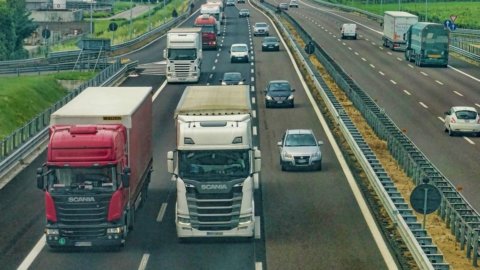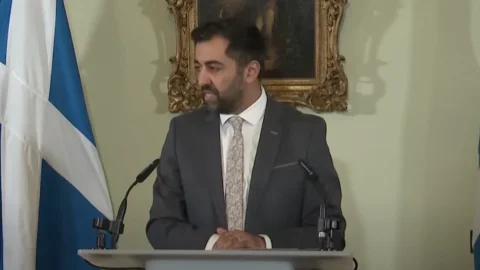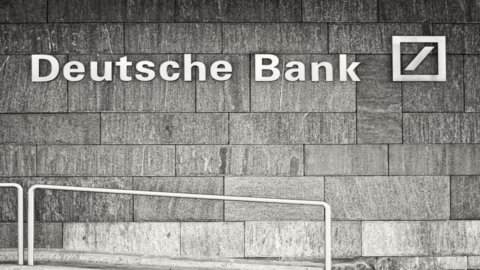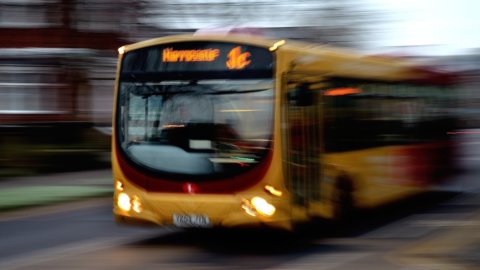In Italy there are over 700 industrial vehicles weighing more than 3,5 tons. The vehicle fleet is among the oldest in Europe (the average age is 13,4 years) with over one vehicle out of two (2%) complying with the pre-Euro IV emission directives. “One vehicle out of three in Italy is Euro 56, 0 or 1: an impressive figure considering that it corresponds to five times that of Germany and three times that of France”, underlines Gianandrea Ferrajoli, Federauto Truck coordinator.
Over the past 13 years, registrations plummeted by over 40%, going from 35.442 units in 2007 to 20.256 vehicles sold in 2020. Despite this, the industrial vehicle sector remains a strategic sector for the national economy, as evidenced by the increase in volumes transported during the pandemic lockdown. For this reason second Anfia, Federauto and Unrae “it must be supported with interventions aimed at rejuvenating the circulating and returnable fleet safer and more sustainable transport on rubber". Luca Sra, Anfia delegate for freight transport, points out that "only 21,6% of industrial vehicles on the road are equipped with the safety devices made mandatory from 1 November 2015 (AEBS for autonomous emergency braking and LDW for maintaining of the lane)."
In order to promote the sustainability and energy transition of the sector, the three associations have proposed a "Roadmap for the relaunch of freight transport”, containing a program of interventions capable of contributing to the decarbonisation of freight transport and to discouraging the use of the most polluting vehicles. The proposals presented include an increase in the cost for the transfer of ownership, the zeroing of the reimbursement of road tolls and excise duties for pre-Euro IV vehicles, as well as the entry into force of the mandatory annual inspection, also at private workshops, the latter already envisaged but awaiting the implementation decrees for some time.
Paolo A. Starace, president of the Industrial Vehicles Section of Unrae, underlines the need to adopt “incentive measures for the replacement of vehicles older vehicles, even with latest generation Euro VI vehicles, in order to considerably reduce CO2 emissions compared to the current fleet”.
Unrae, Anfia and Federauto also highlight the importance of invest in biofuels and on a parallel development of infrastructure for alternative power supplies, with the aim of promoting the diffusion of electric and biomethane vehicles, pending the arrival of hydrogen, considered a "long-term solution for long-range transport", reads the note.
The three associations also ask to follow the example of some European countries, launching a law that authorizes the free movement of articulated lorries up to 18 meters in length "which, with the mass unchanged, allow for a higher pallet load and, consequently, reduce the number of vehicles in circulation, making logistics flows more efficient.”, concludes the note.
The proposals can therefore be summarized in six points:
- Fiscal and market incentives for Euro VI and alternative fuels to encourage decarbonisation;
- Disincentives for vehicles before Euro IV;
- Strengthening of the biofuel network;
- Development of an electric and hydrogen recharging network;
- Authorizations for the circulation of vehicles 18 mt;
- Compulsory inspection also in private workshops.





